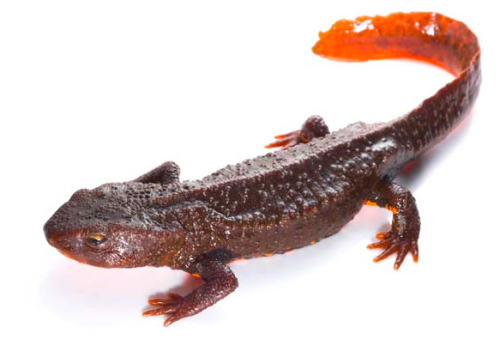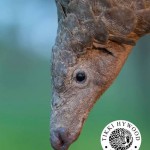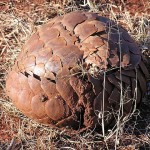
A new study has uncovered a large trade in Southeast Asia’s little-known newts, taken from the wild for the international pet trade.
The researchers found over 7,500 individual newts were imported live into the US alone between 2005 and 2014, and another 718 imported into the EU from 2011 to 2013. Hong Kong appeared to serve as a transit hub for the largely unregulated newt trade.
Internet trade surveys further revealed Southeast Asian newts for sale online as pets in 15 countries and territories, including Austria, Germany, Hong Kong, Italy, Japan, Malaysia, the Netherlands, Poland, Spain, the UK, the US and Viet Nam.
However, Estimating the global trade in Southeast Asian newts, which examined available import data from the US, Europe and Hong Kong and assessed current online trade as well as local pet traders in Southeast Asia, considered these figures a mere glimpse of the actual global trade volumes.
The authors believe the vast majority of the trade in newts goes on unrecorded.
- The study found that some countries, including Japan, have a significant online trade in newts but no official data on the import or export of these species.
- Online searches also revealed reportedly wild caught Southeast Asian newt species that were not recorded in EU import data.
- Local reports in Lao PDR also indicated that the scale of harvest of Southeast Asian newts was far greater than the limited number of trade statistics, the study found.
It cites examples of villagers in Xiengkhouang Province, Lao PDR, selling 300 – 400 individuals of the Laotian-endemic Laotriton laoensis to visiting European or Japanese collectors in 2008, and hundreds of the same species to Chinese collectors in Luang Prabang province in 2009.
The authors strongly recommend that all Southeast Asian newts be listed in the Convention on International Trade in Endangered Species of Wild Fauna and Flora (CITES) to allow for more accurate monitoring and regulation of trade. Range country authorities could list the species in Appendix III and consider stronger protection measures if needed in the near future.
“These amazing amphibians are being harvested and traded almost completely under the radar,” said Dr Chris R. Shepherd, Regional Director of TRAFFIC in Southeast Asia.
“Given that many of these species are found in relatively limited areas, pressure from unregulated collection could easily drive some newts towards extinction,” said Shepherd.
While several species are protected within their range countries, weak enforcement of this protection is a significant barrier to conservation efforts, and no Southeast Asian newts are listed in CITES.




